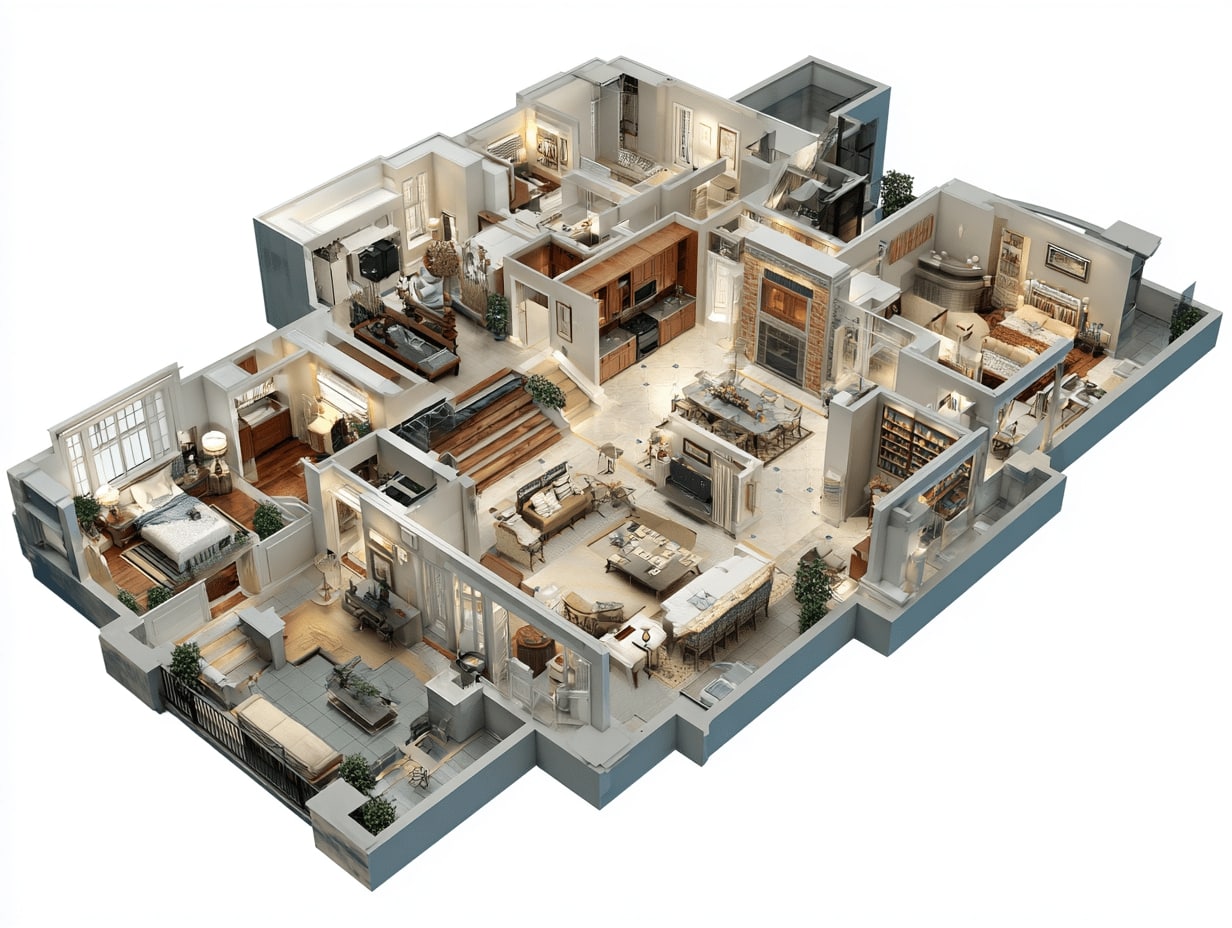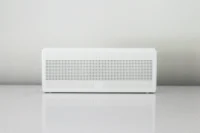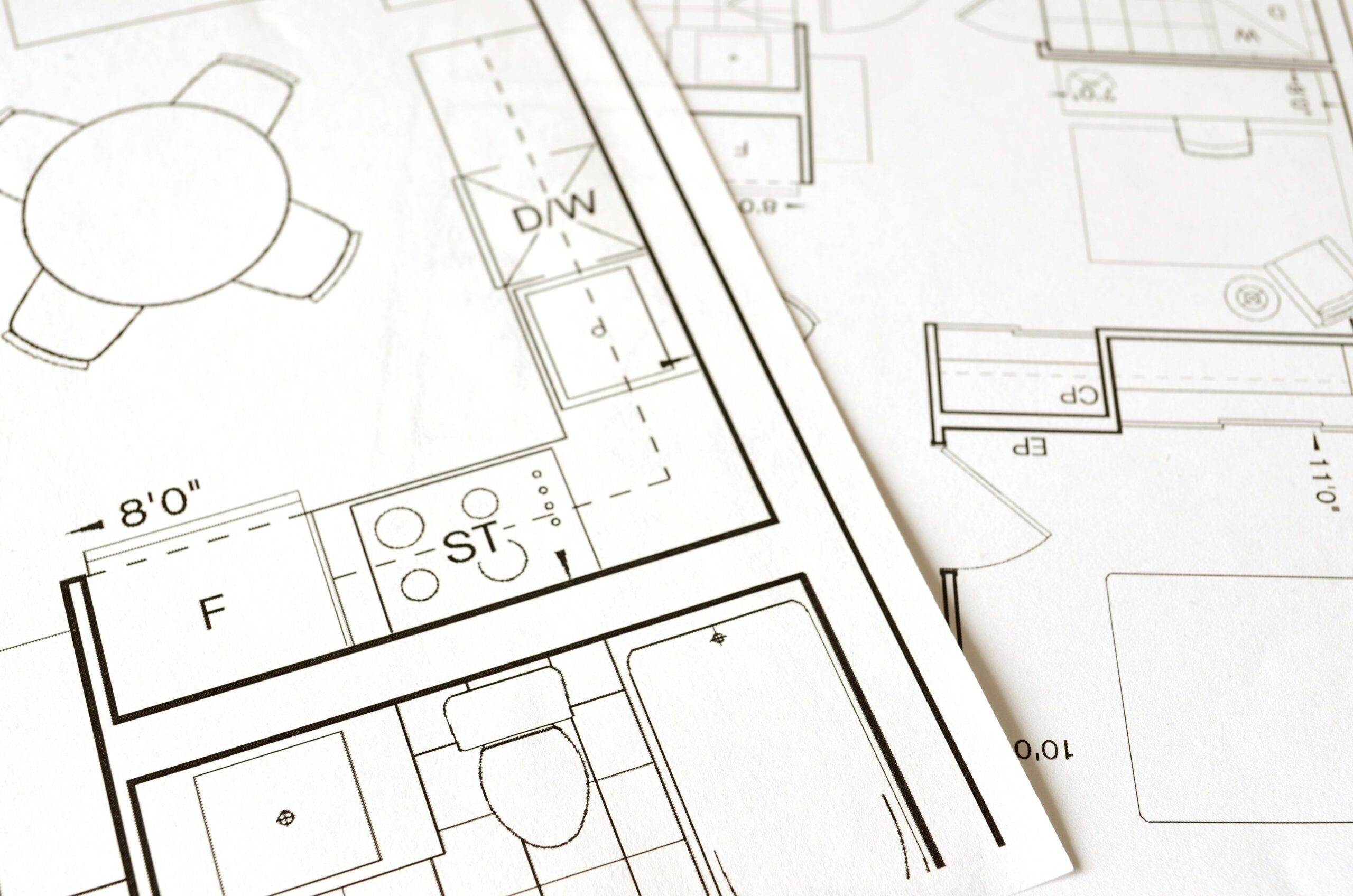- Home
- Articles
- Architectural Portfolio
- Architectral Presentation
- Inspirational Stories
- Architecture News
- Visualization
- BIM Industry
- Facade Design
- Parametric Design
- Career
- Landscape Architecture
- Construction
- Artificial Intelligence
- Sketching
- Design Softwares
- Diagrams
- Writing
- Architectural Tips
- Sustainability
- Courses
- Concept
- Technology
- History & Heritage
- Future of Architecture
- Guides & How-To
- Art & Culture
- Projects
- Interior Design
- Competitions
- Jobs
- Store
- Tools
- More
- Home
- Articles
- Architectural Portfolio
- Architectral Presentation
- Inspirational Stories
- Architecture News
- Visualization
- BIM Industry
- Facade Design
- Parametric Design
- Career
- Landscape Architecture
- Construction
- Artificial Intelligence
- Sketching
- Design Softwares
- Diagrams
- Writing
- Architectural Tips
- Sustainability
- Courses
- Concept
- Technology
- History & Heritage
- Future of Architecture
- Guides & How-To
- Art & Culture
- Projects
- Interior Design
- Competitions
- Jobs
- Store
- Tools
- More
10 Essential Things to Consider When Designing a Floor Plan for Your Space
Discover the art of crafting the perfect floor plan in our latest article! Explore essential factors to balance functionality and aesthetics, from optimizing natural light and room dimensions to creating inviting spaces. Learn how to assess flow, integrate accessibility, and select a design style that resonates with your vision.

Designing a floor plan is an exciting yet challenging task that sets the foundation for any space. Whether we’re creating our dream home or optimizing a commercial area, the layout significantly impacts functionality and aesthetics. It’s crucial to consider various factors that influence how we use and experience our spaces.
From understanding our lifestyle needs to maximizing natural light, every detail matters. We’ll explore essential elements that can make or break our design, ensuring our floor plan not only looks good but also works seamlessly for our daily lives. Let’s dive into the key considerations that will help us create a thoughtful and efficient floor plan.

Table of Contents
ToggleUnderstanding Your Space
Understanding our space is pivotal when designing a floor plan. We must consider how to optimize layout, functionality, and light to create an effective living or working environment.

Assessing the Layout
Assessing the layout involves evaluating the flow and arrangement of rooms. We prioritize efficient use of space to enhance movement between areas. Consider the placement of furniture, doorways, and pathways. Align rooms to complement our lifestyle, whether for entertaining, working, or relaxing. Ensuring the layout accommodates our needs promotes both comfort and practicality.
Evaluating Natural Light
Evaluating natural light is essential for enhancing the atmosphere of our space. We analyze the size and placement of windows to maximize sunlight exposure throughout the day. Positioning rooms that require more light, such as living areas and kitchens, near windows improves energy efficiency and ambiance. Incorporating light-colored surfaces can further reflect light, creating a brighter environment.
Functionality and Flow
Functionality and flow are essential elements when designing a floor plan. A well-thought-out layout maximizes usability while facilitating smooth movement throughout the space.

Identifying Key Areas
Identifying key areas involves determining the most important spaces in the layout. We prioritize zones such as living areas, kitchens, and bedrooms to align with our lifestyle needs. Each zone serves a specific purpose; for instance:
- Living areas should promote relaxation and social interaction.
- Kitchens require an efficient workflow for cooking and meal preparation.
- Bedrooms focus on comfort and privacy.
We can further enhance usability by considering how these areas connect. For example, placing the kitchen near the dining room improves meal service and encourages family interaction. Each connection point should facilitate a logical path for movement.
Ensuring Accessibility
Ensuring accessibility is crucial for a floor plan that accommodates everyone. We design spaces that are easy to navigate, keeping in mind the following aspects:
- Wide pathways prevent congestion and allow for smooth transitions between areas.
- Door placements should encourage easy entry and exit without obstruction.
- Furniture arrangement must create open sightlines and maintain clear pathways.
We also consider accessibility features, including ramps and lowered countertops, to enhance usability for all individuals, regardless of mobility. An accessible design fosters inclusivity and improves overall flow within the space.
Room Dimensions and Proportions
Room dimensions and proportions significantly impact the effectiveness of a floor plan. Optimal dimensions ensure proper flow and functionality, allowing us to create spaces that meet our needs.

Balancing Room Sizes
Balancing room sizes enhances the overall harmony of the floor plan. We achieve this by ensuring that each room maintains proportions relative to its function. For example, living rooms typically require more space for seating arrangements and movement, while bedrooms can be cozier yet still accommodating.
Considering standard dimensions helps in maintaining balance. A general guideline suggests living rooms should be at least 12×18 feet, while bedrooms often range from 10×12 to 12×14 feet. These ratios promote ease of movement and ensure furniture fits comfortably, allowing for an inviting atmosphere.
Optimizing Furniture Placement
Optimizing furniture placement aligns with the room’s dimensions and enhances usability. We focus on arranging furniture to facilitate easy movement and interaction among occupants.
Using the suggested dimensions, we can position key furniture pieces effectively. For a living room, placing a sofa such that it allows at least 3 feet of clearance to pathways ensures comfort. In bedrooms, positioning a bed against a wall with enough space for nightstands creates an efficient layout.
Accessing practical tools, such as design software, aids in visualizing furniture placement. By playing with different configurations, we can determine the most effective arrangement, maximizing the functionality of the space while maintaining aesthetic appeal.
Style and Aesthetics
Style and aesthetics significantly influence the overall appeal of a floor plan. We must ensure that these elements align with our vision for the space, creating an inviting atmosphere that complements functionality.

Choosing a Design Theme
Choosing a design theme shapes the overall character of our space. Popular themes include modern, traditional, industrial, and minimalist, each with unique attributes. Modern designs embrace clean lines and open spaces, while traditional themes incorporate classic details and warm colors. Industrial themes often feature raw materials like metal and wood, while minimalist styles focus on simplicity and decluttering. We can create a cohesive look by selecting a theme that resonates with us, ensuring that all elements from furniture to decor align with our chosen aesthetic.
Incorporating Color Schemes
Incorporating color schemes establishes the mood and visual impact of our design. We can utilize color psychology to influence how a space feels—warm colors like reds and yellows evoke energy, while cool colors such as blues and greens promote calmness. Neutral palettes offer versatility, allowing us to incorporate accent colors through decor. It’s vital to select a primary color palette and complement it with secondary colors for balance. Using color swatches and samples aids in visualizing combinations, ensuring that our choices enhance both style and aesthetics effectively.
Future Needs and Flexibility
Considering future needs and flexibility is crucial in floor plan design. We must plan for growth and adapt to inevitable lifestyle changes to ensure the space remains functional and welcoming.

Planning for Growth
Planning for growth involves anticipating changes in family size, work-from-home needs, or even lifestyle shifts over time. We can incorporate flexible spaces that can easily transform depending on our circumstances. For example:
- Multi-functional Rooms: Designate rooms for multiple uses, such as a guest room that doubles as an office or workout space.
- Expandable Areas: Consider open floor plans that allow us to add partitions or furniture as necessary, allowing for more privacy or separation when needed.
- Flexible Furniture: Utilize furniture pieces that can adapt, like extendable dining tables or modular sofas, accommodating gatherings or daily needs without overwhelming the layout.
Adapting to Lifestyle Changes
Adapting to lifestyle changes requires us to think about how our needs evolve. We’ll benefit from including adaptable spaces that cater to different activities and life stages. Key considerations include:
- Age-in-Place Features: Implement universal design elements, such as wider doorways and zero-step entries, which accommodate mobility challenges as we age.
- Technology Integration: Plan for smart home technology that can enhance convenience and security, allowing us to easily update our homes as technology advances.
- Outdoor Living Areas: Design outdoor spaces that can be utilized for various purposes, from play areas for children to entertainment spaces for gatherings. This versatility enhances our enjoyment of the home while fostering connections with family and friends.
Incorporating these elements encourages a forward-thinking approach that ensures our floor plans remain relevant and supportive throughout various life changes.
Conclusion
Designing an effective floor plan involves careful consideration of multiple factors that impact both functionality and aesthetics. We prioritize understanding the space by evaluating layout, functionality, and natural light, all of which significantly enhance the living or working environment. Key areas must be strategically arranged to promote usability and interaction, while accessibility features ensure smooth navigation for everyone.
Balancing room dimensions contributes to harmony in a space, allowing for ease of movement and comfort. We emphasize the optimization of furniture placement, utilizing design software to visualize arrangements that blend functionality with aesthetic appeal.
Style and aesthetics also play a vital role, as the chosen design theme and color schemes influence the atmosphere of the space. Aligning these elements with our vision helps create an inviting and cohesive environment.
Lastly, we address the importance of planning for future needs and flexibility. Incorporating multi-functional spaces, age-in-place features, and adaptable outdoor areas prepares us for lifestyle changes, ensuring our floor plans evolve alongside our lives. By considering these factors, we create effective floor plans that meet our current needs while anticipating future growth.
- architectural floor plan design
- commercial space floor plan
- custom floor plan design
- designing an efficient floor plan
- effective floor plan layout
- essential floor plan considerations
- floor plan design for homes
- floor plan design ideas
- floor plan design mistakes to avoid
- floor plan design tips
- floor plan guide
- how to design a floor plan
- interior floor plan design
- modern floor plan design ideas
- open floor plan design
- planning a floor plan layout
- residential floor plan design
- small space floor plan ideas
- space optimization in floor plans
- space planning essentials
Submit your architectural projects
Follow these steps for submission your project. Submission FormLatest Posts
How Elevations, Floor Plans, and Sections Work Together in Building Design
When designing a building—whether it’s a home, a commercial unit, or a...
Understanding Plot Plans: A Guide for Architects to Ensure Precision and Compliance
Discover the importance of plot plans in architecture and construction. Learn how...
Simplifying Architectural Planning: A Practical Guide for Interior Designers
Explore the art of creating simple architectural plans for interior designers. Learn...
Effective Ways to Organize Your Architectural Plans: A Comprehensive Guide
Explore tips on how to effectively organize architectural plans in our comprehensive...












Leave a comment